Feed the Ducks
Ring-necked Duck
Blue-winged Teal
Hooded Merganser
Fulvous Whistling-Duck
Cinnamon Teal
Cinnamon Teal Spatula cyanoptera (septentrionalium) –
This beautiful male Cinnamon Teal decided to visit Florida in February. As you can see in the map pictured below, these migratory ducks are native to the western US and Mexico. According to The Cornell Lab, “In western North America, loss of wetlands to agriculture, grazing, and especially the development of human settlements has meant the massive loss of habitat for Cinnamon Teal.”
We are sure this striking bird found plenty to eat in the wetlands at Merrit Island National Wildlife Refuge. There is certainly a wide variety of insects and vegetation year-round in Florida. While it is a rare occurrence, Cinnamon Teals do occasionally make a winter stop in Florida.

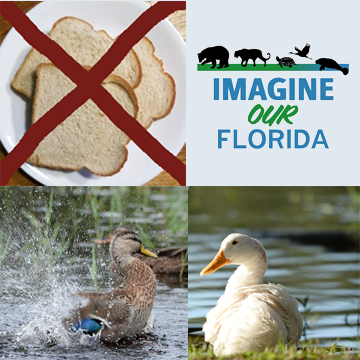
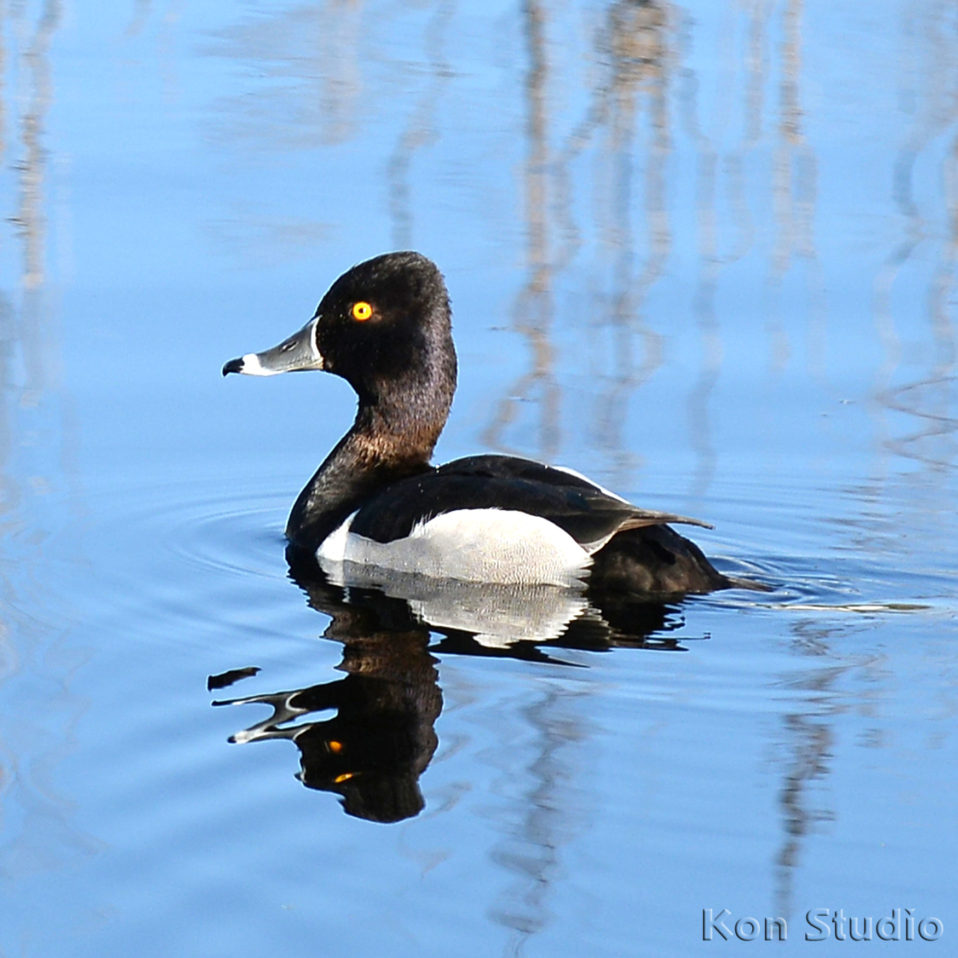
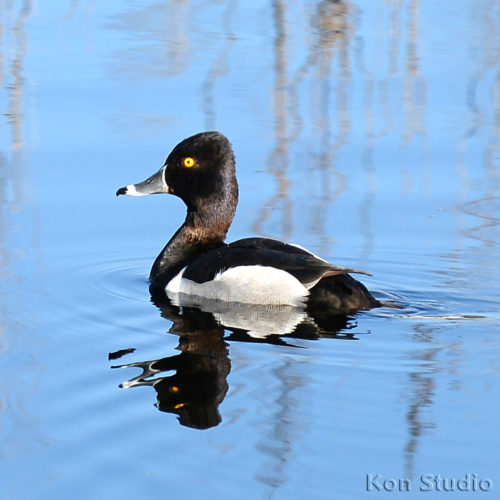
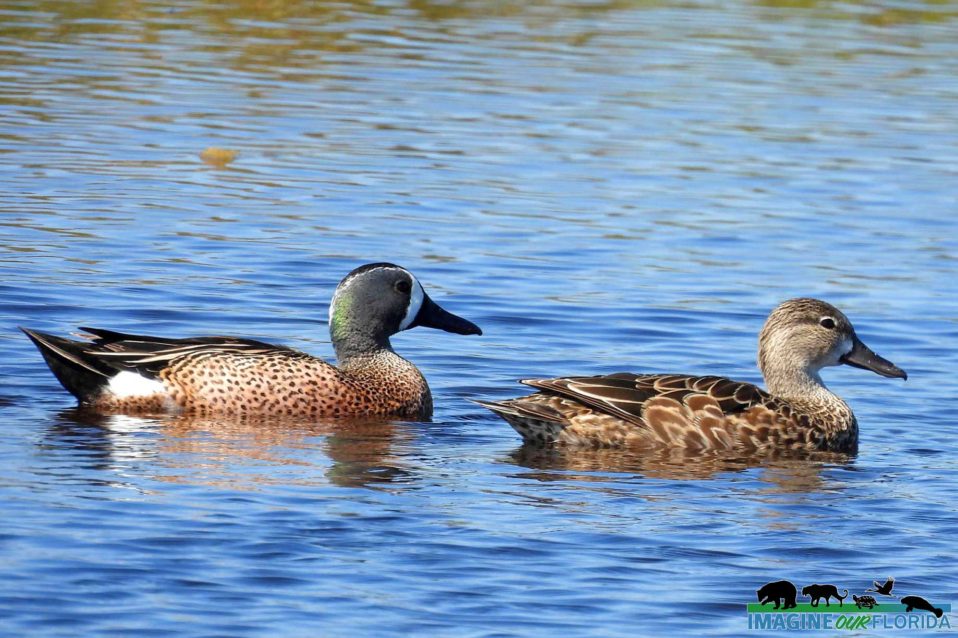
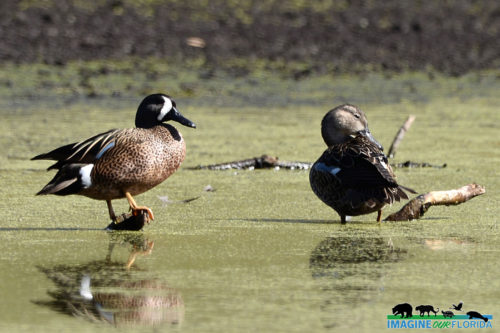
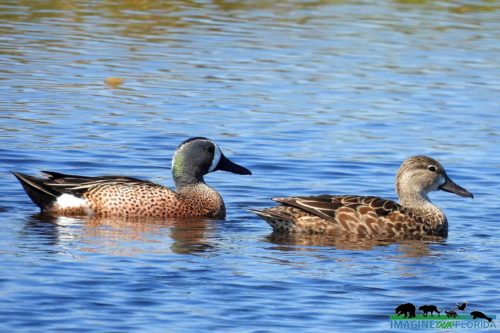
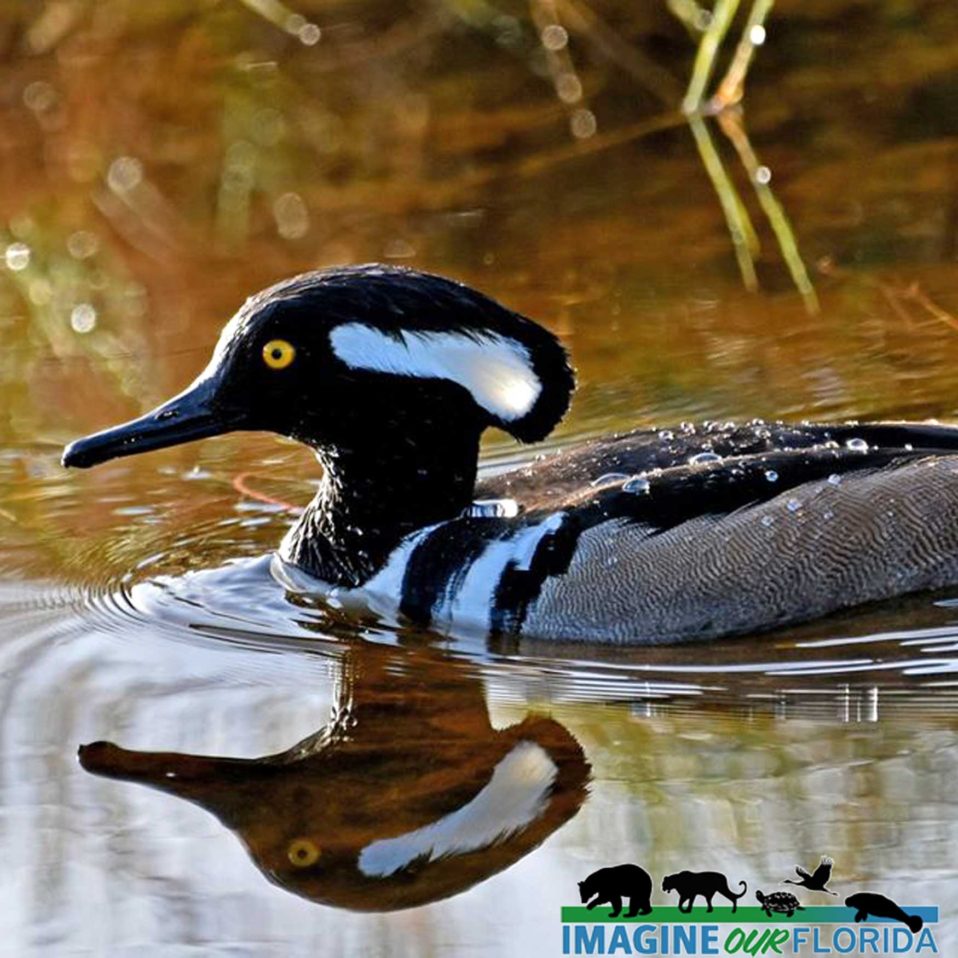
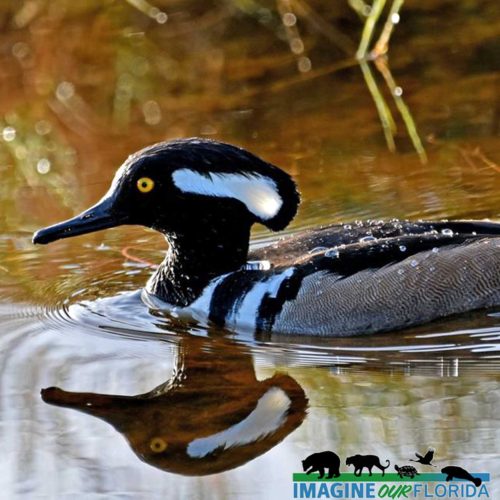
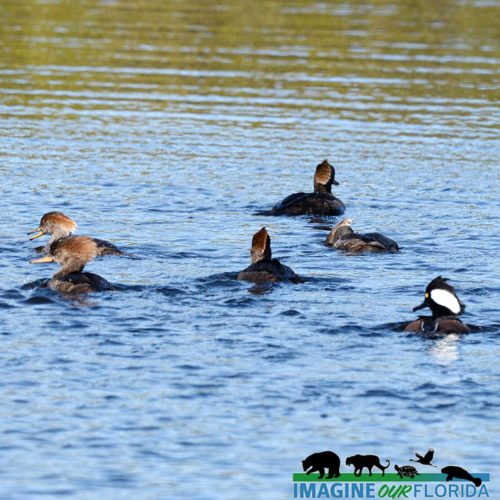
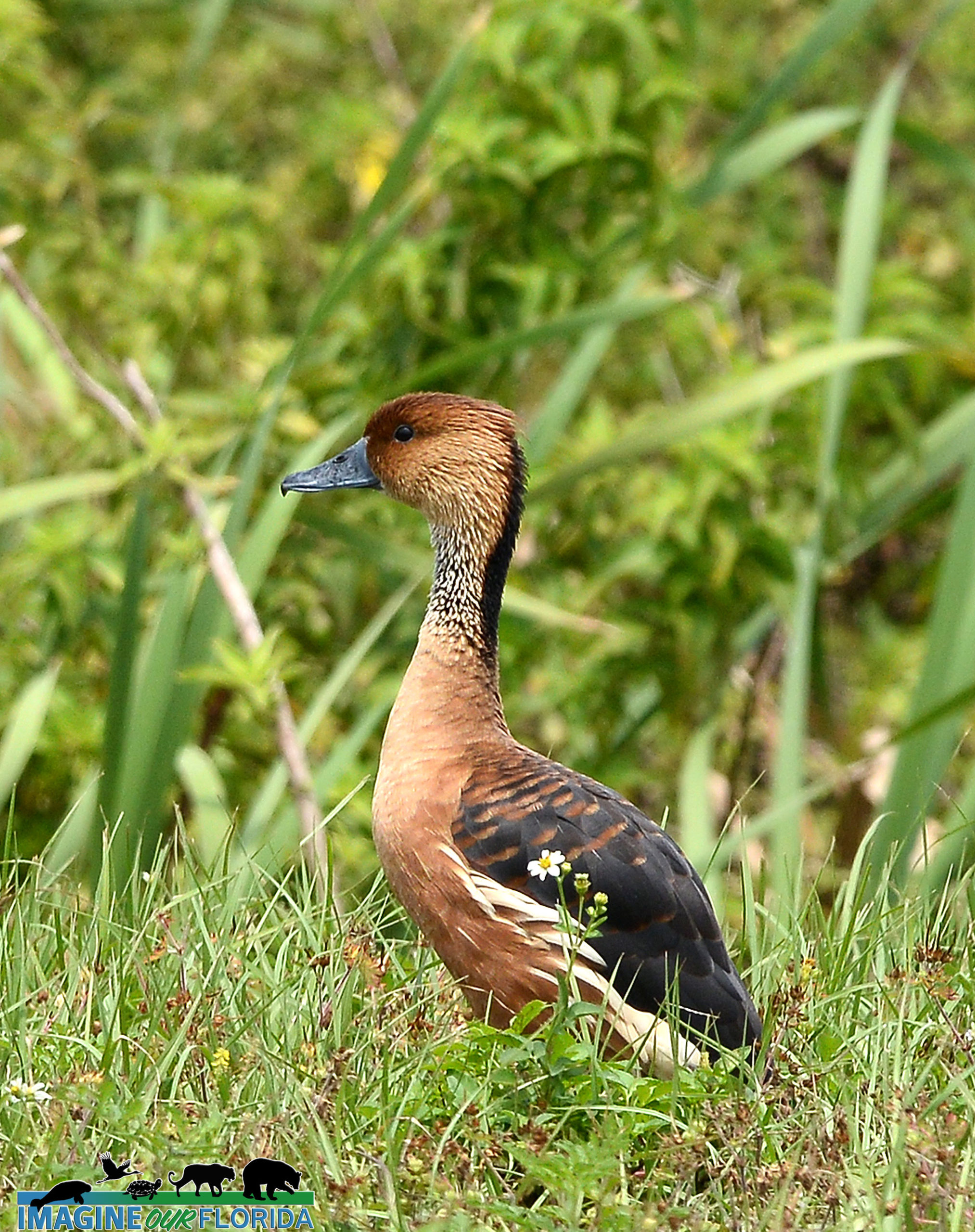
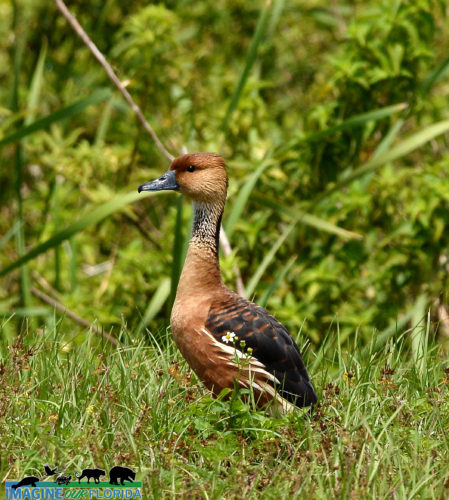
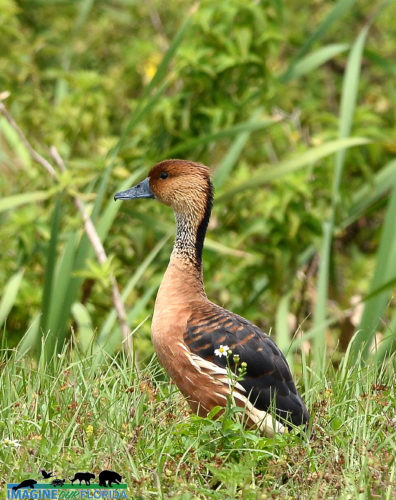
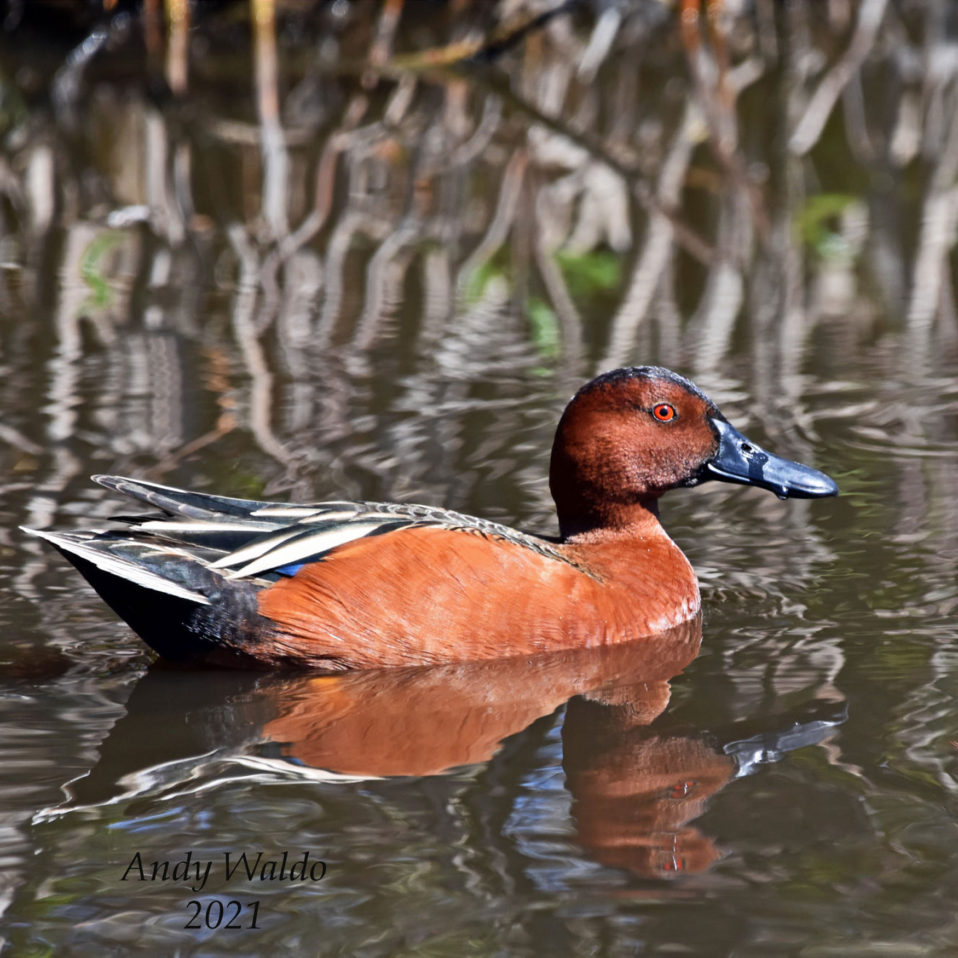
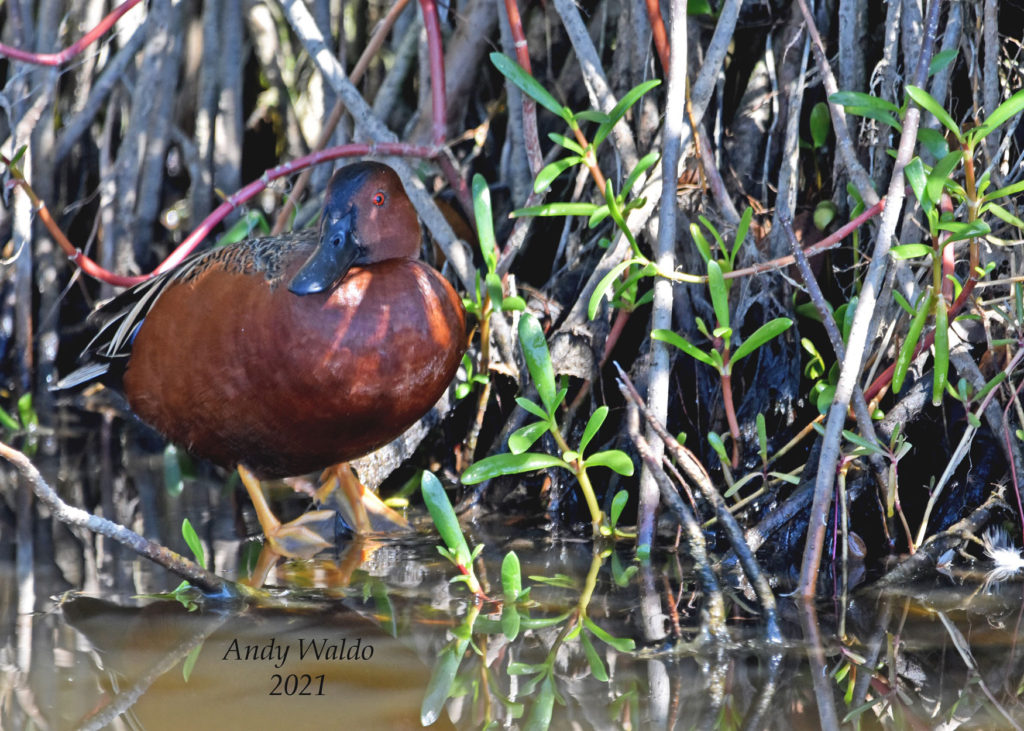
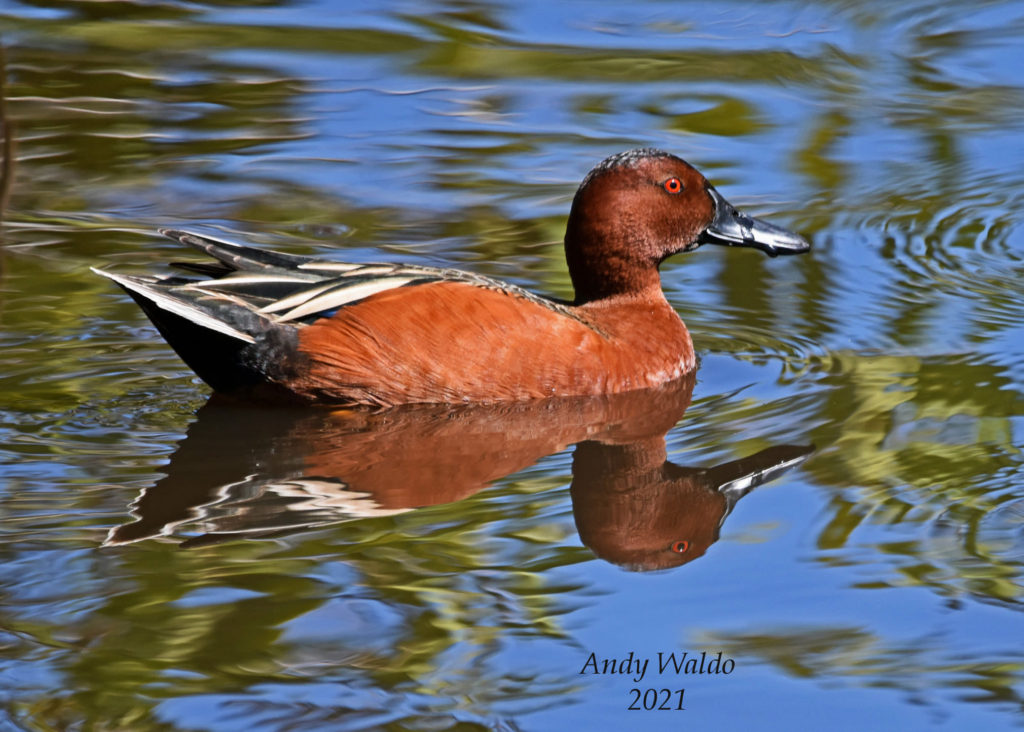
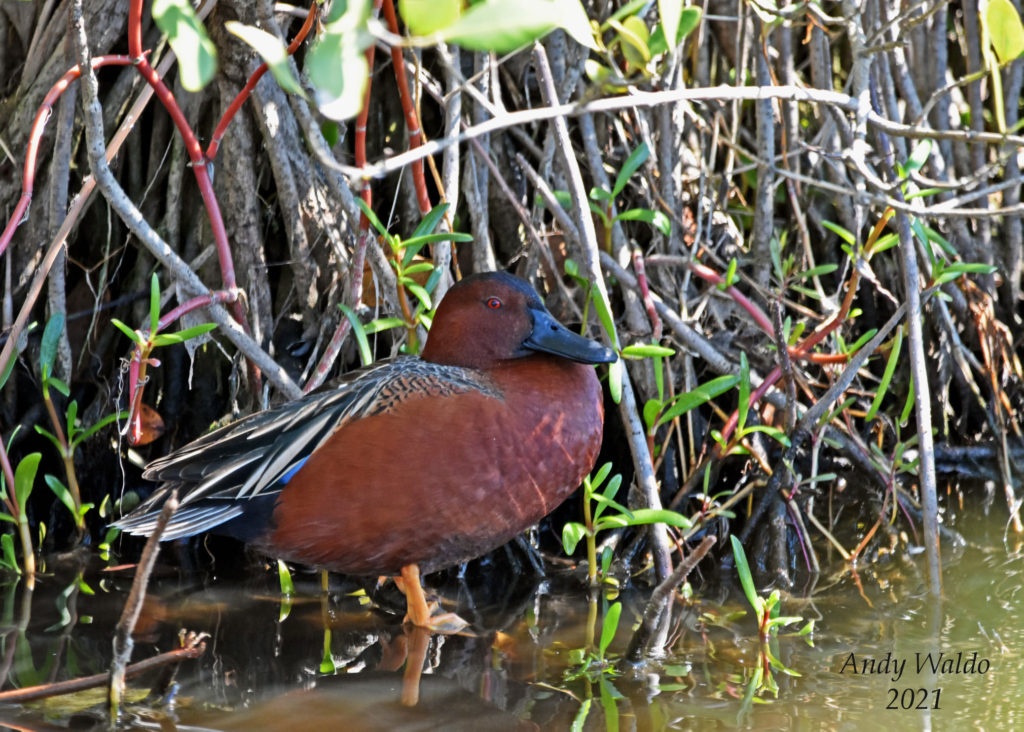
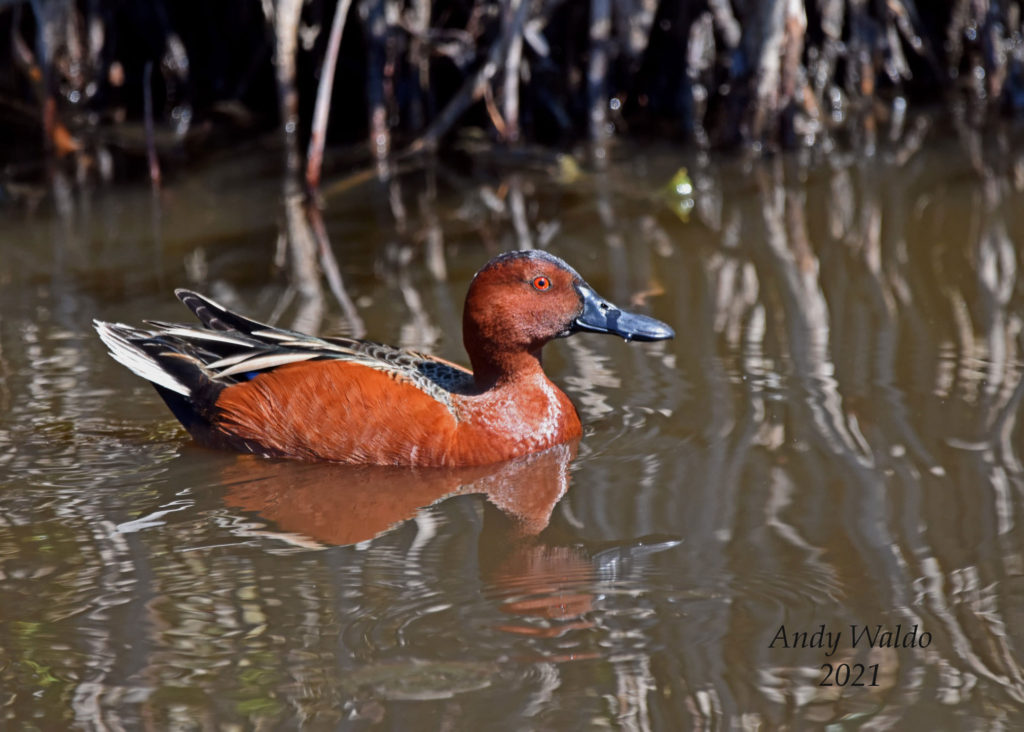
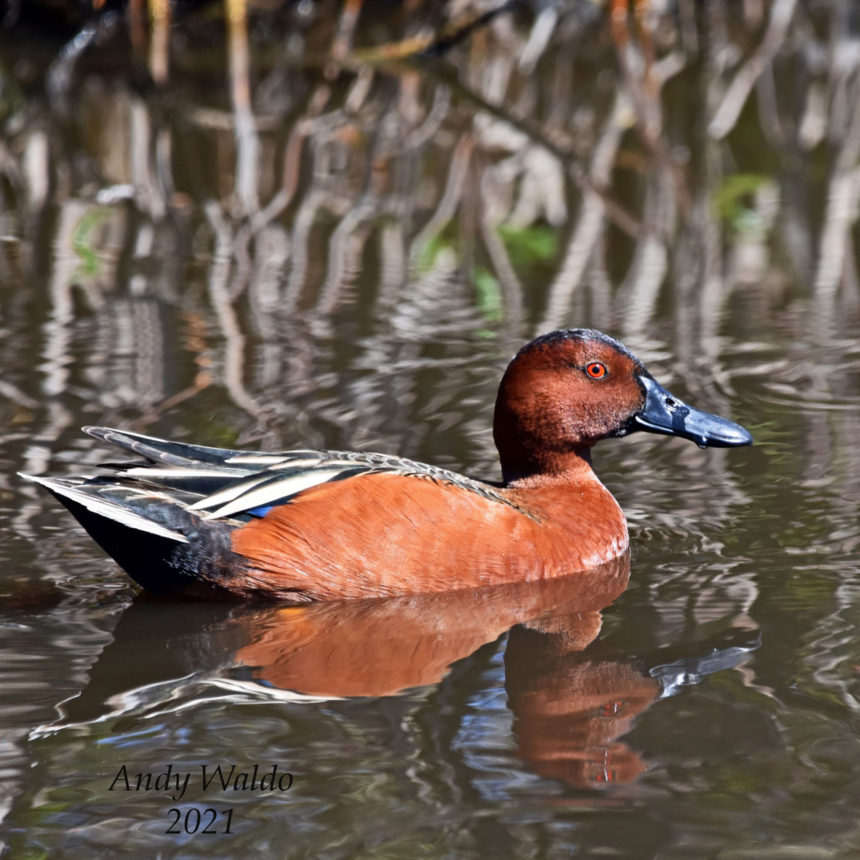
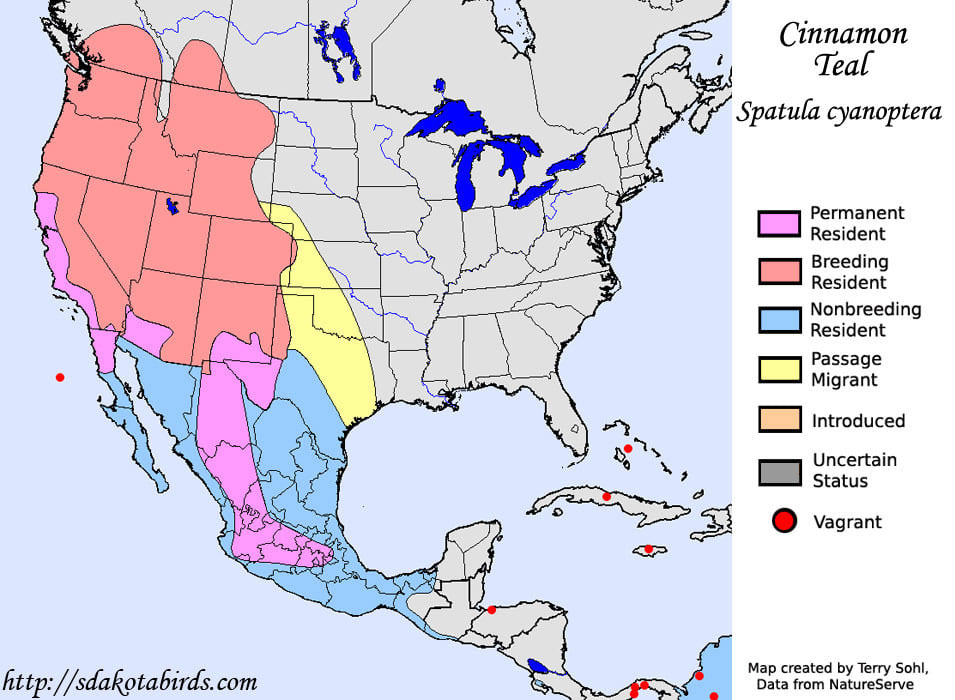
Recent Comments